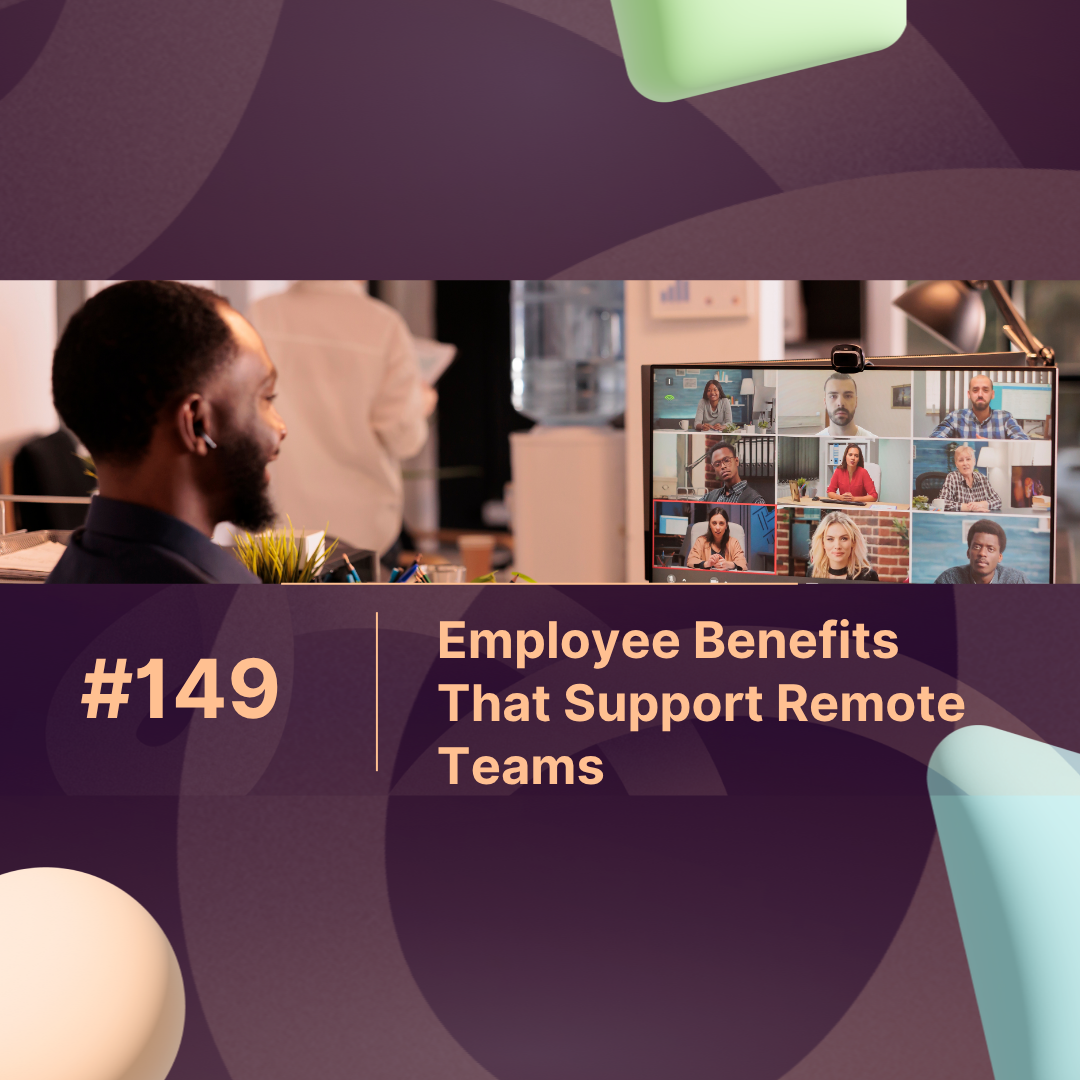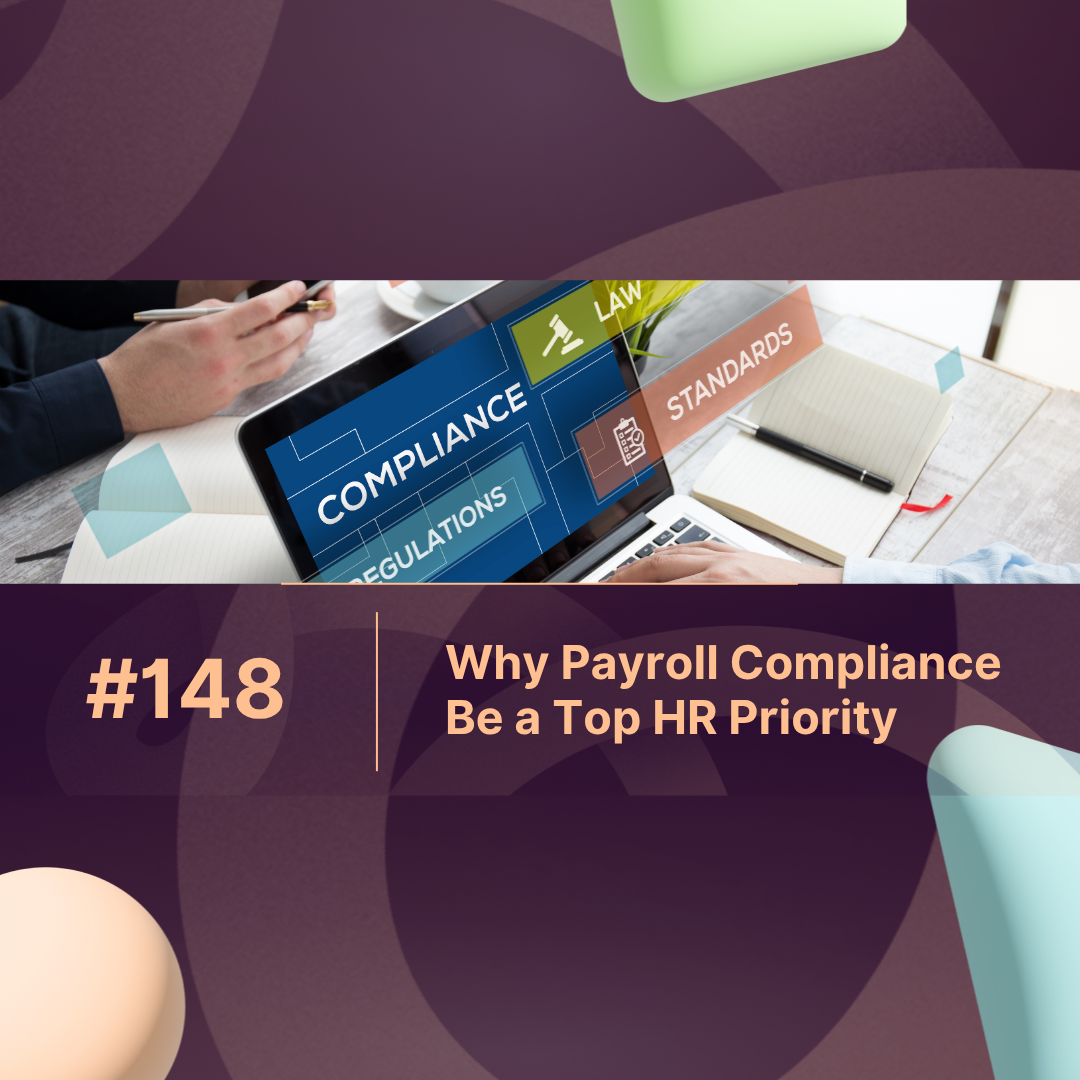One Click to Smarter HR
Strategies for Mitigating Employee Burnout in Fast-Paced Industries
Worker burnout is a major worry for burn-loopy industries with an over the top quantity of regulation and that crave everything yesterday. This may then lead to the point of burnout and physical, emotional as well as mental exhaustion which could compromise productivity and overall health. Companies need to address burnout as it happens in order to keep their workforces healthy and engaged. These are several tactics organizations can use to solve burnout issues and tackle it head-on.
1. Promote a Healthy Work-Life Balance
Pushing a work-life balance is key to mitigating burnout. Balance may be facilitated with company policies related to flexible work hours, objectives and key results, remote work opportunities or even just an organizational emphasis on when all employees should take a regular break; often hinting that no one should leave any days ‘on the table’ at year end! When employees have time to recharge and can focus on their personal lives, a higher level of employee well-being is sustained.
Example:
Like of Google and Facebook from tech companies offer features like flexible working hours and remote work that make it easy for employees to juggle their life around their professional lives at any stage.
2. Encourage Regular Breaks and Downtime
Especially because it is a fast-paced industry, employees will often forgo breaks and work long hours without rest. Regular breaks throughout the day and downtime can help employees recharge and sustain their productivity. For instance, establish policy for short breaks throughout the day and make lunchbreaks mandatory.
Example:
SAP has put policies in place to encourage employees not only take regular breaks but even relax in designated relaxation areas within the office premises.
3. Foster a Supportive Work Environment
In other words, the need of the hour is to simply ensure that employees feel heard and valued. This can include creating open lines of communications, proving access to support systems like employee assistance programs and offering mental health resources. Managers need to be equipped with skills for detecting and addressing burnout among their reports.
Example:
Salesforce offers its staff an employee assistance program that gives them access to mental health services and psychologists in helping maintain a healthy mind set.
4. Set Realistic Expectations and Manage Workloads
Burnout is largely caused by unrealistic expectations and very heavy workloads. This requires organizations to establish realistic goals that can be balanced against the workloads they know their people have. One way to do that is by reviewing workloads on a regular basis and adjusting, delegating tasks in the right balancing act manner without having extra time hours.
Example:
Basecamp (the project management software company) has a policy in which it requires the projects to only take up as much time as they should and ensures its employees are not crushed by their work.
5. Provide Opportunities for Growth and Development
If an employee feels that the role they are in is dead-end, RAMs show this to drive a greater potential for burnout. Creating a career path for employees to grow and develop can boost job satisfaction and motivation. This can range from things like access to training programs, resources for career development and internal promotion opportunities.
IBM provides access to many professional development programs and enables you learn on-the-job, encouraging further education or certifications.
Example:
IBM offers a wide range of professional development in learning; typical your role so that each day is about growing.
6. Recognize and Reward Employees
Recognition and incentives can really help increase the morale of workers, whilst in doing so eliminating professional burnout. Praising employees for their hard work and contributions on a regular basis goes along way. This can be by formal recognition programs, immediate bonuses or even through simple things; like thank-you-notes.
Example:
Zappos employee recognition program, which not only covers the peer to Pere appreciation system but also allows peer to verify the work and achievements of their co-worker.
7. Implement Stress-Reduction Programs
Basically they are stress-reduction programs and part of burnout prevention. This can come in the form of mindfulness training, yoga classes or other relaxation / stress managing wellness activities.
Example:
Google provides its employees with mindfulness and meditation classes to help them deal with stress and sustain their mental health.
8. Encourage Social Connections and Team Building
Reasons as to why social relations and the feeling of corporate attachment may combat burnout In the same vein, it is important to promote collaboration and camaraderie between employees which forms a part of building team cohesion in your workforce.
Example:
HubSpot holds team building events including social gatherings to ensure strong relationships are built and a solid sense of community can form organically.
9. Offer Flexible Work Arrangements
This includes working from home or having flexibility with hours such that staff can help to ease the burden of other challenges related to commuting and stuck schedules. That isolation can translate to improved work-life balance, which correlates with higher job satisfaction and lower burnout.
Example:
Buffer practices full remote working, giving its employees an opportunity to work from anywhere and allowing them to choose when they want to work.
10. Conduct Regular Check-Ins and Surveys
If managers have regular check-ins and distribute surveys, they can easily see how their employees are doing wellness-wise. This allows them to catch burnout earlier if it arises. Could be over informal one-on-one catch-ups or employee satisfaction surveys. This is important because it helps to locate problems and adjust strategies in real time.
Example:
LinkedIn does surveys to its employees at regular interval just to check the satisfaction and well-being of them on which either they need a feedback or anything else that could make necessary adjustments in their working environment.
Conclusion
Overall, handling employee burnout in high-paced sectors demands a proactive and restive attitude. Work-life balance, short breaks away, a nurturing environment, workload regulation, leadership opportunities, acknowledgment achievements, stress prevention initiatives, social involvement, straightening efforts, adaptable work hours, and routine check-ins are just a few of the organizational actions that could help the employee develop a healthier, more productive, and potentiated staff. Responding effectively to burnout has implications not just for the employee and personnel availability but also for the business’ long-term outlook.



